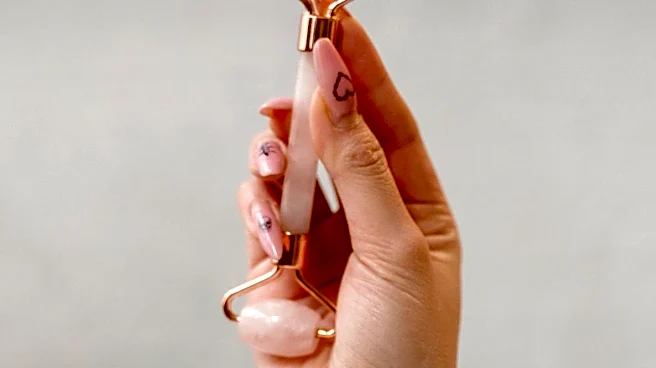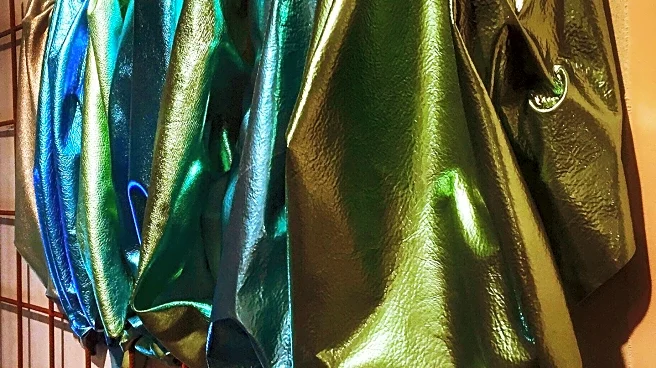Rapid Read • 8 min read
Recent research has highlighted the benefits of tinted sunscreen in providing protection against visible light radiation, which standard sunscreens do not offer. Dr. Jenna Lester, an associate professor of dermatology at the University of California, San Francisco, and Dr. Adam Friedman, Professor and Chair of Dermatology at George Washington University, have emphasized the importance of this protection, particularly for individuals with darker skin tones who are more prone to conditions like hyperpigmentation and melasma. These conditions, while not health-threatening, can have significant psychosocial impacts. Tinted sunscreens contain iron oxide, which helps block visible light, offering a level of protection that traditional sunscreens lack.
AD
The significance of this development lies in its potential to address skin conditions that disproportionately affect people of color. Hyperpigmentation and melasma can lead to emotional distress, and the ability of tinted sunscreens to mitigate these effects represents a meaningful advancement in dermatological care. The broader availability and use of tinted sunscreens could lead to improved skin health outcomes and greater inclusivity in skincare products. This shift also underscores the need for more research and standardized recommendations for visible light protection, as well as a wider range of product options to cater to diverse skin tones.
The dermatological community is advocating for more research into visible light protection and the development of a broader range of tinted sunscreen products. This includes calls for companies to create products that better match the diversity of skin tones. As awareness grows, it is expected that more consumers will seek out tinted sunscreens, prompting manufacturers to expand their offerings. Dermatologists are likely to continue educating patients about the benefits of tinted sunscreens, even if a perfect color match is not available, to prevent hyperpigmentation and other related conditions.
This development also touches on broader cultural and ethical issues related to inclusivity in the beauty and skincare industry. The push for more diverse product offerings reflects a growing recognition of the need to cater to all skin types and tones, challenging historical biases in product development. Additionally, the focus on visible light protection may lead to innovations in other areas of skincare, potentially influencing future research and product formulations.
AD
More Stories You Might Enjoy










